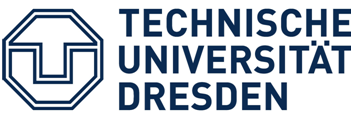Performance Evaluation of Sensing Solutions For LTE and DVB-T
| Title | Performance Evaluation of Sensing Solutions For LTE and DVB-T |
| Publication Type | Conference Paper |
| Year of Publication | 2011 |
| Authors | Van Wesemael, P., S. Pollin, E. Lopez, and A. Dejonghe |
| Conference Name | DySPAN |
| Date Published | 05/2011 |
| Conference Location | Aachen, Germany |
| Abstract | Since the introduction of the Opportunistic Spectrum Access paradigm, focus has been on the development of sensing algorithms. Many of those techniques have been verified only through simulations. A small set of the techniques has been verified using off-the-shelf hardware, with limited capabilities, and spectrum analyzers with very good performance, however not realistic for low-power handheld solutions. In this paper, we propose sensing functionality for sensing of LTE and DVB-T signals. This functionality is then verified using a prototype RF front-end that is a realistic candidate for future Software Defined Radio (SDR) handheld solutions. The performance achieved with this front-end is also compared with the spectrum analyzer performance, for the same functionality. We conclude that the prototype achieves a sensing performance within 12dB of the performance achieved by the test equipment when using simple energy detection functionality. In the case of feature based sensing both systems achieve similar performance. In terms of sensitivity, the considered DVB-T sensing functionality achieves the target detection performance up to -102dBm with the sensing prototype over a bandwidth of 8 MHz and averaging 9 OFDM symbols. |












